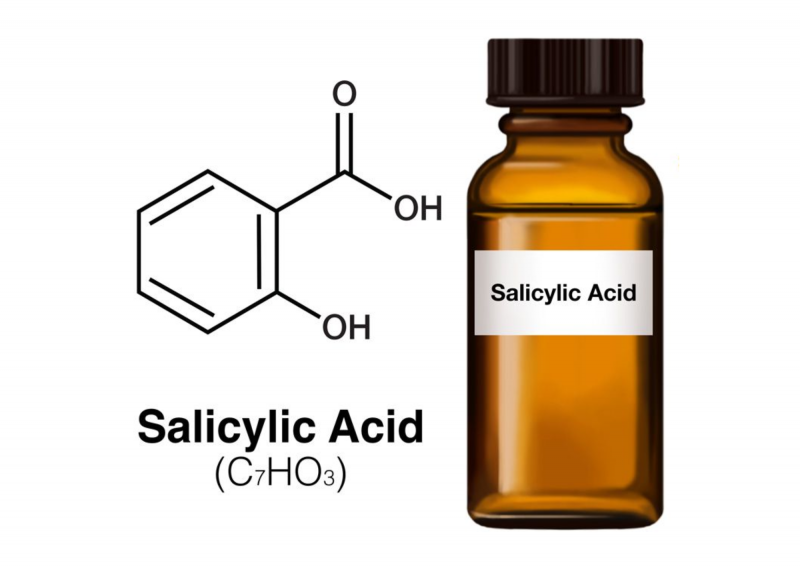Salicylic acid, a colorless organic compound, has been a prominent player in various industries for decades. Derived from willow bark, the compound's significance has grown exponentially over the years due to its remarkable properties and versatile applications. The salicylic acid market has witnessed substantial growth, driven by its demand in multiple sectors, including pharmaceuticals, skincare, agriculture, and more.
Pharmaceuticals: The Foundation of Salicylic Acid
The pharmaceutical industry has been the cornerstone of the salicylic acid market since its inception. With a long history of medicinal use dating back to ancient times, the compound is known for its analgesic, antipyretic, and anti-inflammatory properties. Today, it is a key ingredient in various over-the-counter and prescription drugs, used to alleviate pain and fever, and as an active component in topical creams and lotions for treating various skin conditions like acne, psoriasis, and warts.
Skincare: A Flourishing Frontier
The skincare industry has seen a significant surge in demand for products containing salicylic acid. Its ability to penetrate the pores and exfoliate the skin makes it a preferred choice for treating acne and promoting skin rejuvenation. Salicylic acid-based cleansers, toners, and spot treatments have become popular among consumers looking for effective solutions to combat skin blemishes and achieve a clearer complexion. Moreover, its gentle yet potent exfoliating properties have made it an attractive option for those with sensitive skin, setting it apart from harsher alternatives.
Agriculture: Nurturing Crops, Enhancing Yields
The agricultural sector is another essential player in the salicylic acid market. The compound has proven its worth as a plant hormone enhancer, aiding in various physiological processes within plants. By stimulating their defense mechanisms and promoting growth, salicylic acid helps crops withstand environmental stresses, diseases, and pests. Farmers have adopted this organic approach to protect their crops, thereby reducing reliance on chemical pesticides and fertilizers, aligning with sustainable and eco-friendly practices.
Expanding Applications: From Food Preservation to Dandruff Control
Beyond its prominent roles in pharmaceuticals, skincare, and agriculture, salicylic acid finds applications in various other industries. In the food industry, it serves as a preservative, preventing the growth of bacteria and extending the shelf life of certain products. Additionally, salicylic acid is used in the manufacturing of hair care products, particularly in anti-dandruff shampoos, as it aids in exfoliating the scalp and preventing flakiness.
Challenges and Opportunities
While the salicylic acid market demonstrates promising growth, there are challenges to address. One such challenge is the availability of alternative synthetic compounds that can imitate salicylic acid's functionalities. Moreover, regulatory hurdles and safety concerns in specific applications must be carefully navigated.
However, opportunities for growth abound as research continues to unlock new potential applications, and consumer awareness of natural and sustainable ingredients rises. As industries increasingly prioritize eco-friendly and organic solutions, salicylic acid is poised to maintain its position as a versatile and sought-after compound.
In Conclusion
The salicylic acid market has experienced substantial expansion, owing to its essential roles in pharmaceuticals, skincare, agriculture, and other sectors. Its unique properties, ranging from medicinal benefits to skincare applications, make it a valuable asset across diverse industries. As technology and research progress, the demand for salicylic acid is likely to soar, driven by the growing preference for sustainable and natural alternatives. This organic compound continues to be a captivating player in the world of chemistry, propelling innovation and transformation in numerous domains.
